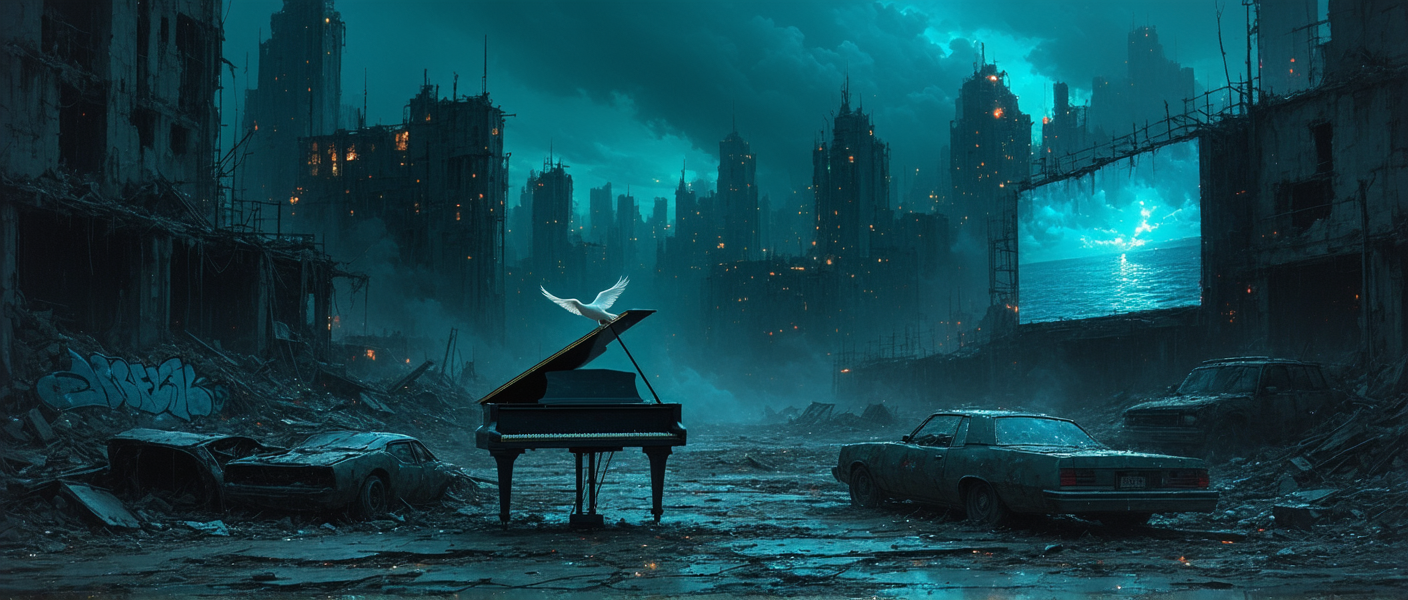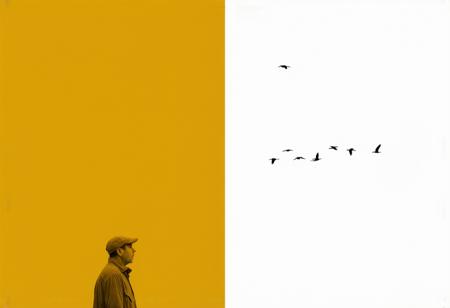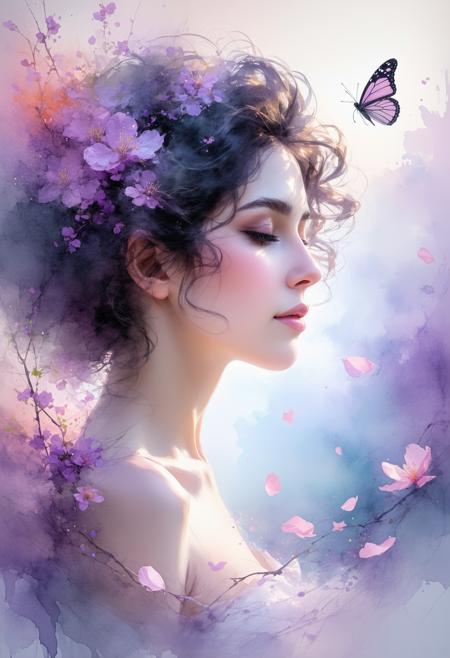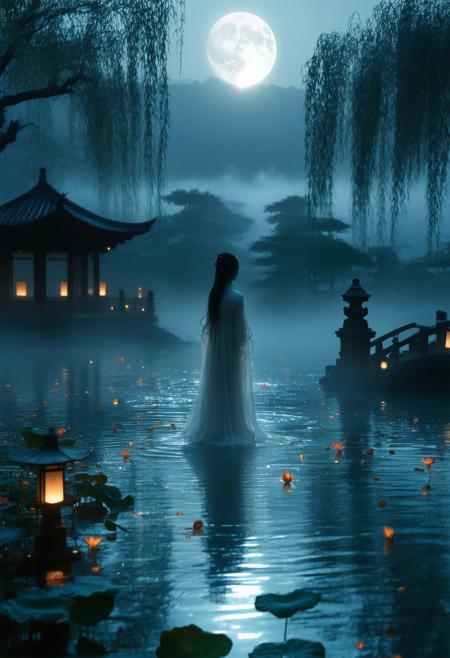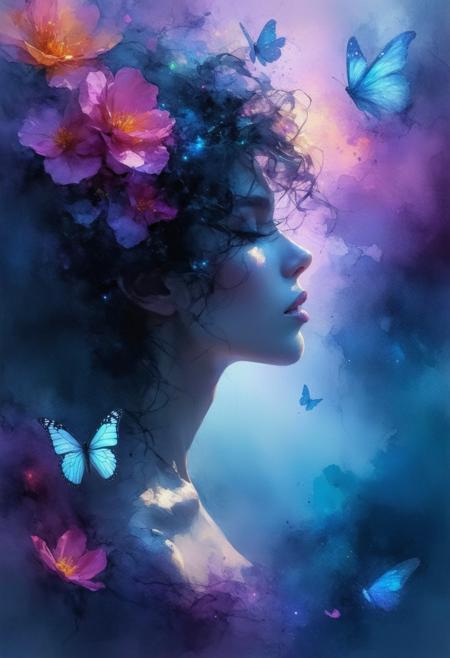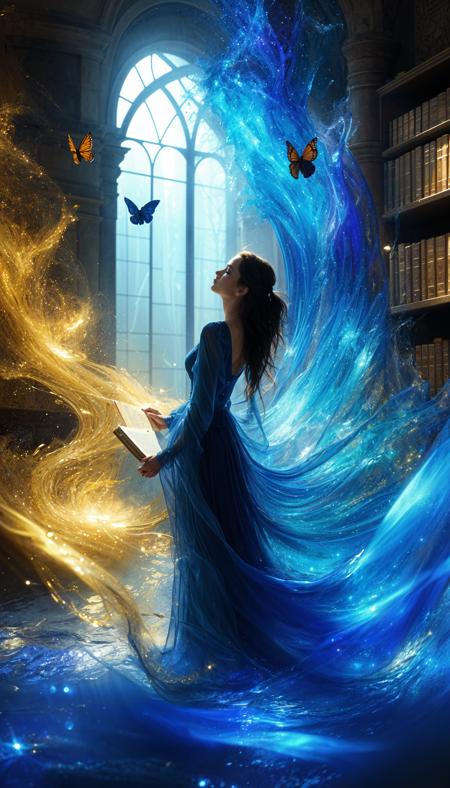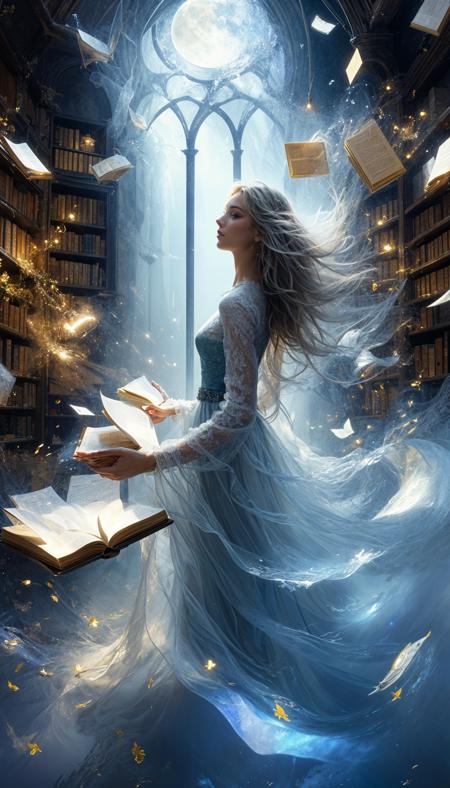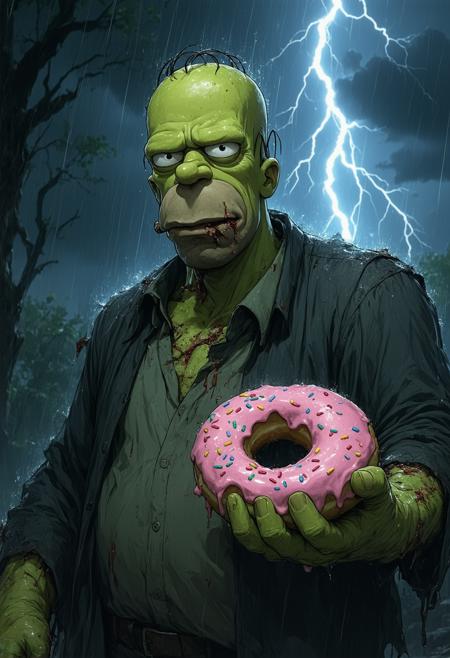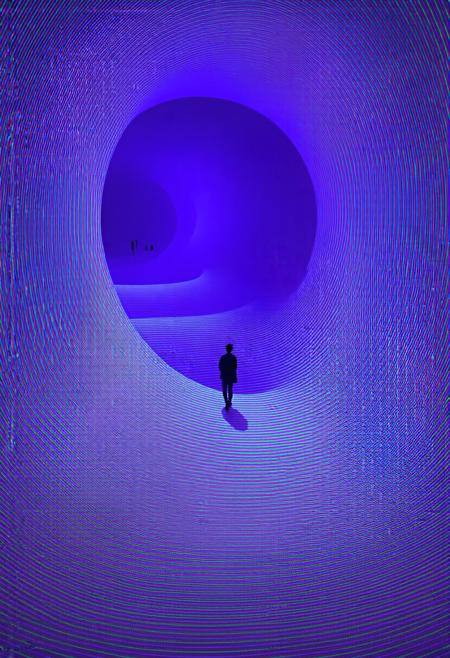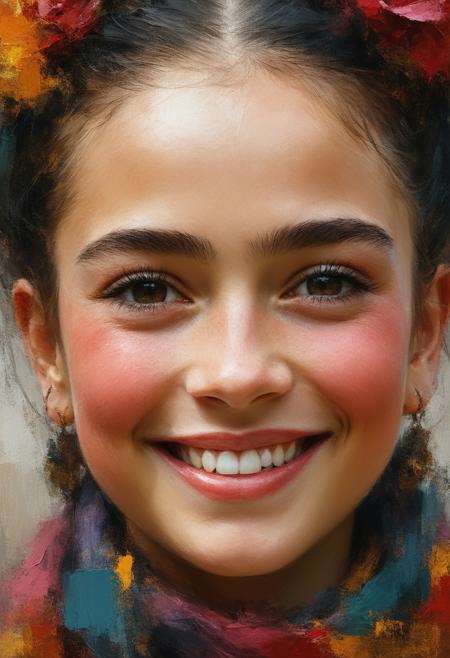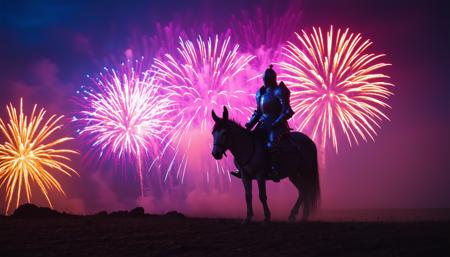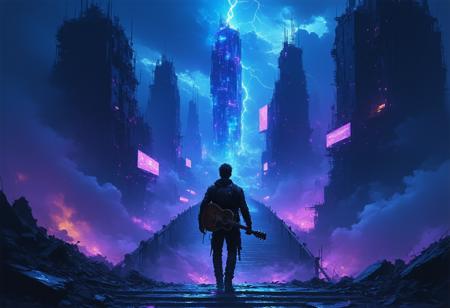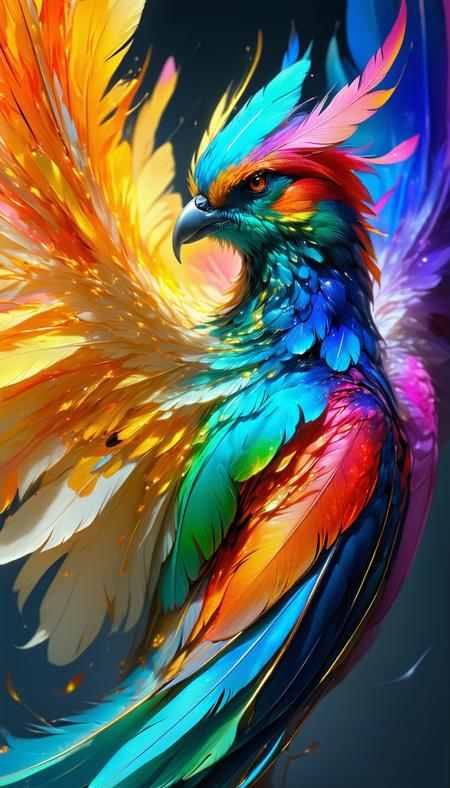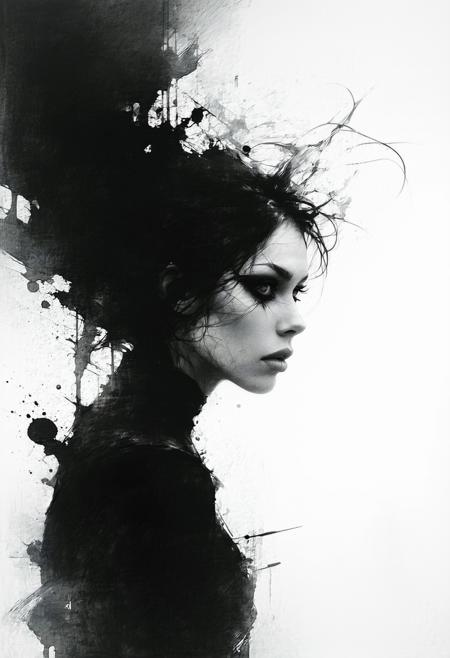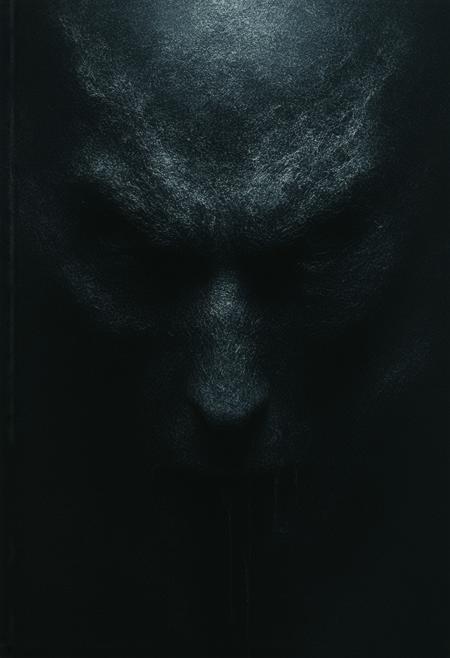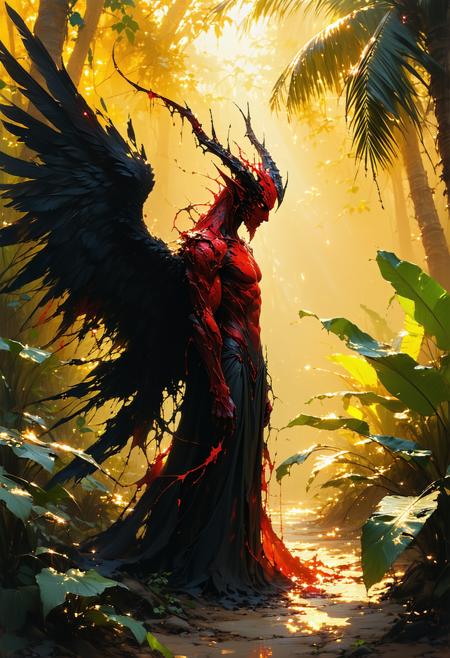a dystopian cityscape at twilight, towering skyscrapers with broken windows and crumbling facades stretch into a smoky, polluted sky, their neon signs flickering erratically. Amidst the grime and decay, a lone, immaculate white grand piano sits in the center of a street littered with rusted cars and rubble. A delicate white dove perches atop the piano, contrasting with the dark, graffiti- covered walls and barbed wire fences nearby. Sparse patches of wildflowers struggle to grow from cracks in the concrete, while a holographic billboard projects a serene beach scene onto the filthy surroundings. The scene has a gritty, moody, grunge style, with a mix of dark shadows and neon glows, exuding a sense of eerie calm amidst chaos
